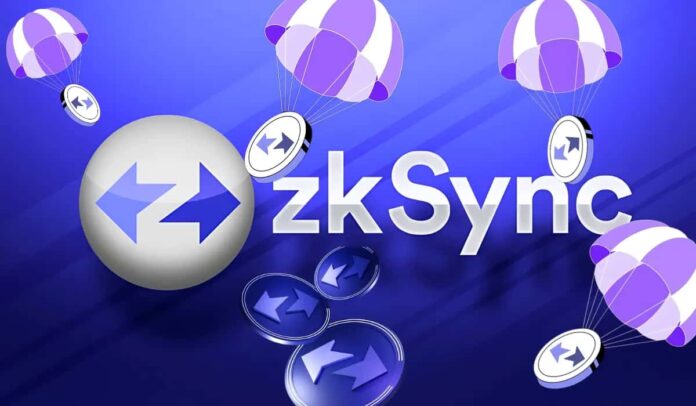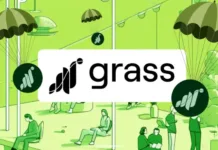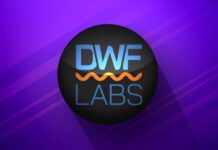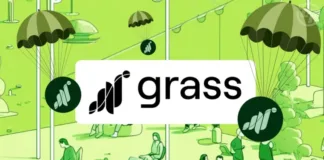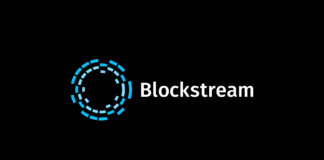The cryptocurrency ecosystem is constantly evolving, with innovative projects emerging to address the challenges faced by existing blockchain networks. One such project is ZKsync, an Ethereum Layer 2 scaling solution that has recently announced a highly anticipated token airdrop. However, the ZKsync token airdrop has not been without its fair share of challenges, as the platform grapples with the presence of bot-driven activity.
ZKsync Token Airdrop: An Overview
The ZKsync Association has announced that it will be distributing 3.675 billion ZK tokens, representing 17.5% of the total 21 billion ZK token supply, to eligible early users and adopters of the ZKsync Ethereum Layer 2 network. This one-time airdrop is set to commence on June 17, 2024, with users able to claim their tokens until January 3, 2025.
The airdrop is designed to reward and incentivize the ZKsync community, with a specific focus on recognizing the contributions of both users and contributors. The user allocation, which accounts for 89% of the airdrop, will be distributed to wallets that have demonstrated significant activity on the ZKsync Era and ZKsync Lite platforms, as measured by a snapshot taken on March 24, 2024. The remaining 11% of the airdrop will be allocated to contributors, including developers, researchers, and individuals who have actively supported the growth of the ZKsync ecosystem through advocacy, education, or development efforts.
Addressing the Bot Challenge
One of the primary challenges facing the ZKsync token airdrop is the presence of bot-driven activity. The ZK Nation, the community organization behind ZKsync, has acknowledged that the airdrop is likely to encounter significant challenges due to the existence of millions of bots operated by advanced industrial farms.
These bots exhibit behavior patterns that closely mimic those of real users, making it challenging for traditional activity-based airdrops to effectively filter out the bot-driven activity. This issue raises concerns about the fairness and sustainability of the airdrop, as bot-driven participation could potentially skew the distribution of tokens away from genuine community members.
Balancing Fairness and Inclusivity
Despite the bot challenge, the ZKsync team has emphasized that the trade-offs made in the airdrop design are reasonable, as the goal is to benefit hundreds of thousands of individuals and offer life-changing opportunities to many. The project has faced criticism over the allocation of ZK tokens, with some community members expressing concerns about the lack of transparency and perceived unfairness in the distribution.
To address these concerns, the ZKsync team has implemented a cap on the maximum number of tokens that eligible addresses can receive, set at 100,000 tokens. This measure aims to prevent whales from dominating the airdrop and ensure a more equitable distribution among the community members.
Additionally, the ZKsync team has allocated a small portion of the airdrop, less than half a percent, to what they call “experimental communities.” These communities include wallets that have previously received airdrops from decentralized social networks like Farcaster and Lens, recognizing their potential as active participants in the ZKsync ecosystem.
Governance and Community Empowerment
One of the key objectives of the ZKsync token airdrop is to empower the community and foster active participation in the project’s governance. The ZKsync team has stated that the airdrop allocation is structured in a way that ensures the community holds the largest supply of liquid tokens, enabling them to direct protocol governance upgrades through the upcoming ZKsync governance system.
By prioritizing community engagement and governance, the ZKsync team aims to create a decentralized and sustainable ecosystem, where the decisions and developments are driven by the collective input of the ZKsync community.
Lessons from Past Airdrops
The ZKsync token airdrop follows in the footsteps of other prominent Layer 2 projects, such as EigenLayer and StarkNet, which have also faced backlash from their respective communities over the perceived unfairness of their airdrop distributions.
The challenges faced by these projects, including the criticism over the lack of anti-Sybil filtering and the perceived bias towards certain user groups, have undoubtedly influenced the design of the ZKsync airdrop. The ZKsync team has acknowledged the learnings from these past experiences and has sought to implement measures to address the concerns raised by the community.
Navigating the Trademark Controversy
Alongside the airdrop announcement, ZKsync has also faced backlash from the broader crypto community over its attempt to trademark the term “ZK,” which is shorthand for zero-knowledge cryptography. This move was seen as an effort to protect users from confusion with similarly-named projects and token tickers.
However, the community’s reaction was swift, and Matter Labs, the company behind ZKsync, ultimately withdrew the trademark application in response to the criticism. This episode highlights the importance of transparent communication and community engagement, as the ZKsync team seeks to navigate the complex landscape of blockchain branding and intellectual property.
Ecosystem Initiatives and Ongoing Support
The ZKsync token airdrop is just one component of the project’s broader efforts to support and grow its ecosystem. The remaining 49.1% of the ZK token supply will be distributed through various ecosystem initiatives, managed by the ZKsync Foundation and the ZK Nation governance process.
These initiatives are designed to support the growing ZKsync community, as new users join the network. This includes funding for educational resources, developer grants, and other programs aimed at fostering innovation and adoption within the ZKsync ecosystem.
Potential Impact on ZKsync Adoption
The successful execution of the ZKsync token airdrop could have a significant impact on the project’s adoption and growth. By rewarding early users and contributors, the airdrop has the potential to incentivize further engagement and participation in the ZKsync network.
Additionally, the community-centric approach to token distribution, with a focus on governance and ecosystem development, could help to solidify ZKsync’s position as a leading Ethereum Layer 2 solution. As the project navigates the challenges posed by bot-driven activity, its ability to strike a balance between fairness and inclusivity will be a crucial factor in determining the long-term success of the ZKsync ecosystem.
Implications for the Broader Blockchain Ecosystem
The ZKsync token airdrop and the challenges it faces are not isolated incidents. They reflect the broader challenges faced by the blockchain industry as it grapples with the rise of bot-driven activity and the need to ensure fair and equitable distribution of incentives.
The ZKsync team’s approach to addressing these challenges, including the implementation of anti-Sybil measures and the focus on community governance, could serve as a model for other blockchain projects seeking to build sustainable and decentralized ecosystems. The lessons learned from the ZKsync airdrop may also influence the design and execution of future token distributions across the industry.
Key Takeaways
- The ZKsync Association will be distributing 3.675 billion ZK tokens, representing 17.5% of the total supply, through a one-time airdrop starting on June 17, 2024.
- The airdrop faces significant challenges due to the presence of bot-driven activity, with millions of bots exhibiting behavior patterns similar to real users.
- The ZKsync team has implemented measures to ensure fairness and inclusivity, such as capping the maximum token allocation per eligible address and allocating a portion to “experimental communities.”
- The airdrop is designed to empower the ZKsync community, with the community holding the largest supply of liquid tokens to direct protocol governance upgrades.
- The ZKsync team has learned from the challenges faced by other Layer 2 projects, such as EigenLayer and StarkNet, and has sought to address the concerns raised by the community.
- The successful execution of the ZKsync token airdrop could have a significant impact on the project’s adoption and growth, as well as serve as a model for the broader blockchain ecosystem.
Disclaimer: The information provided in this article is for informational purposes only and does not constitute financial advice. Investing in cryptocurrencies involves risks, and readers should conduct their own research and consult with financial advisors before making investment decisions. Hash Herald is not responsible for any profits or losses in the process.

